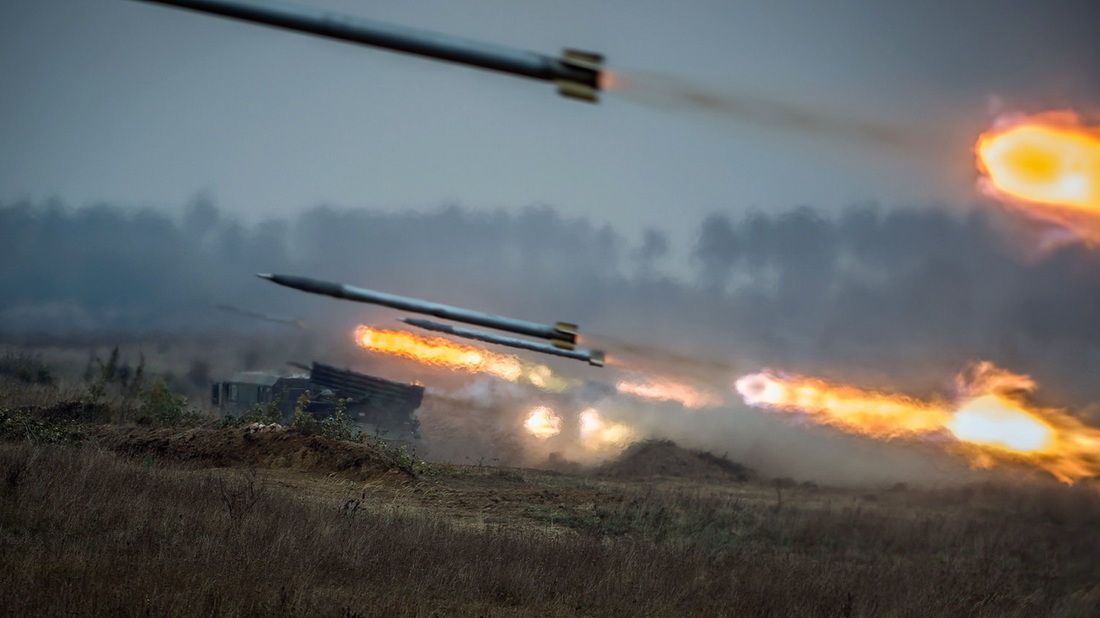|
This is the era of 5th gen fighters many nations like China, India, Japan, S. Korea are developing 5th gen aircrafts. The corner stone of 5th gen fighters is stealth they are difficult to detect through radars. Many nations trying to develop systems that can detect stealth aircrafts. How they are going to achieve this the answer is INFRARED. Infrared is electromagnetic waves in the 72-1000 micron range of the spectrum. All matter above absolute zero emits Infrared Radiation. The aircrafts also emits IR (InfraRed) radiation we can use these IR radiation to detect the stealth fighters. This is an attempt from me to describe the very basic physics of IR emission from aircrafts and other related technologies.
The IR spectrum covers the range 0.77-1000 micrometer ie; between visible (Red) & microwave radiation. However 3-5 & 8-12 micrometers are used for surveillance and tracking. 3-5 micro meter range is called Medium wave IR (MWIR) & 8-12 micrometer range is called Long wave IR (LWIR). Outside these range the attenuation is high because of CO2 & H2O (vap) scatters & absorb the IR radiation. At low altitudes and cloudy whether condition atmospheric IR transmittance is generally poor. At higher altitudes where CO2 & H2O (vap) concentration is much lower. So IR transmission is better. 3-5 micrometer band has higher peak emission temperature (~450) & better suited for detecting hot spots. Mean while 8-12 micrometer band has lower peak emission temp (~217) & is generally used for detecting emissions from larger surface area with low temperature. The atmosphere attenuates IR to some extent & a bad weather condition also attenuates IR radiation so the range compared to radar is limited. Liquid Propulsion System
Most of the liquid propulsion rockets are used where long duration of operation is required. Here the oxidiser and fuel (both liquid) propellants are stored in separate tanks in the missile. There are basically two types of liquid propellants deployed: cryogenic (with boiling temperature below 120 K like liquid hydrogen, liquid oxygen, etc.) and noncryogenic or storable type (like kerosene, hydrazine, nitrogen tetraoxide, hydrogen peroxide, etc.). In space missions usually both propellants (oxidiser and fuel) used are cryogenic, whereas in missiles the propellants used are storable or non-cryogenic. Sometimes in space missions a combination is used where one propellant is cryogenic while the other is storable. This is an attempt from us to find the most advanced destroyer in the world. It’s a pretty difficult task to find the best ones. The rankings based on the technology incorporated and the effectiveness in different war scenarios. What’s a destroyer? Destroyers are warships that provide multi-mission offensive and defensive capabilities. Destroyers can operate independently or as part of carrier strike groups, surface action groups, amphibious ready groups, and underway replenishment groups. Many are equipped to carry out anti-submarine, anti-air, and anti-surface operations. The NATO standard designation for these vessels is DDG. Nations vary in their use of destroyer D designation in their hull pennant numbering, either prefixing, or dropping it altogether. Destroyers are among the widely used ships in the world due to their wide range of use. Their combination of high firepower and high endurance make them ideal for war, escort and (other) peace-keeping operations. The name “Destroyer” comes from the Russo-Japanese war in the early 20th century where they were named “Torpedo boat destroyer”. Today they are the heaviest surface combatants after the cruiser. 10) Sovremennyy-class destroyer
|
AuthorPalash Choudhari Archives
June 2021
Categories
All
|


 RSS Feed
RSS Feed
